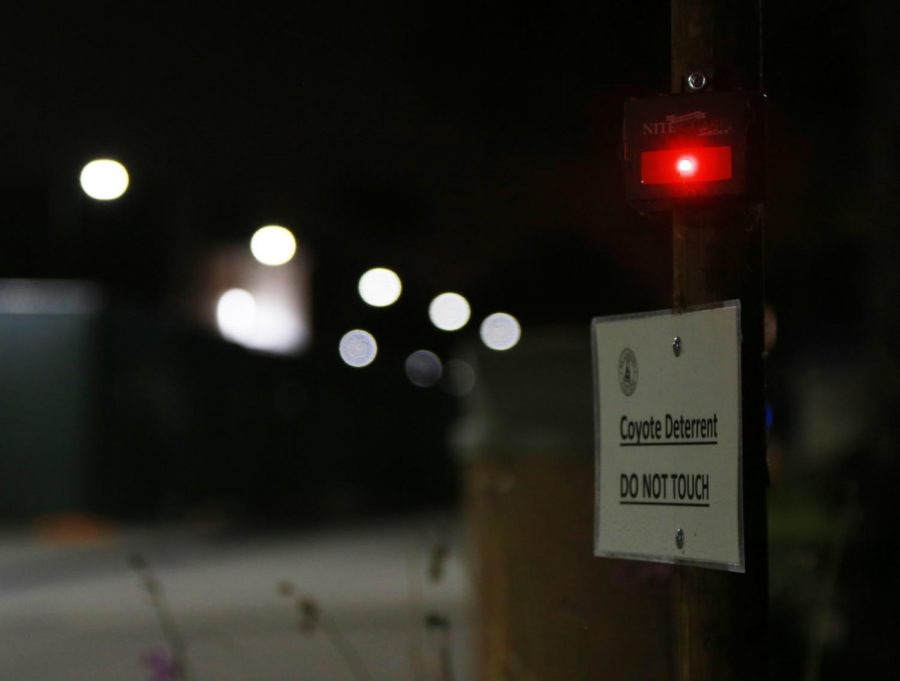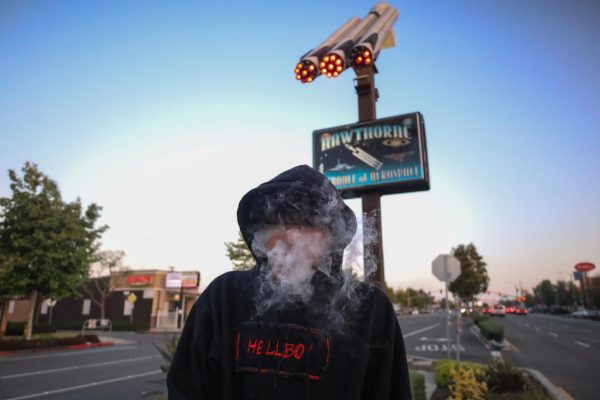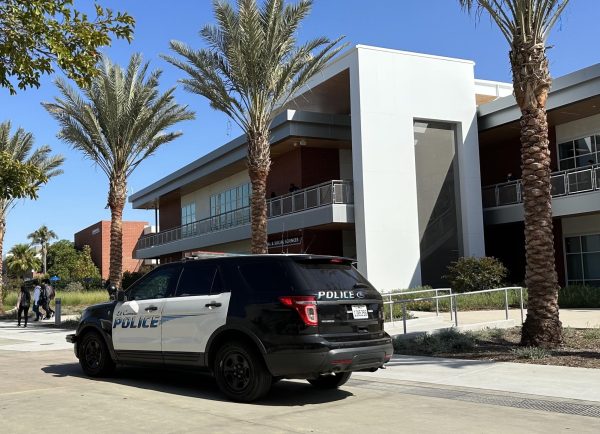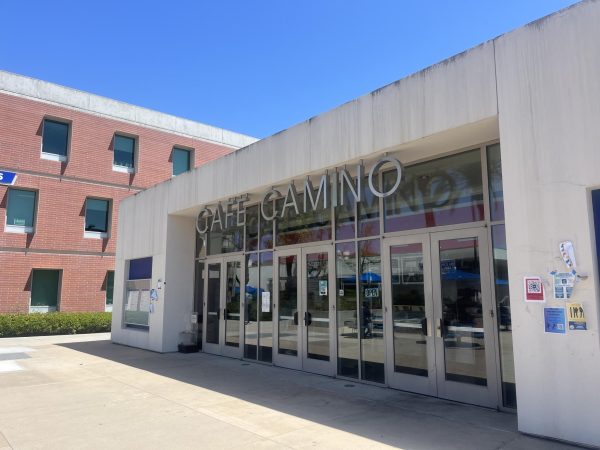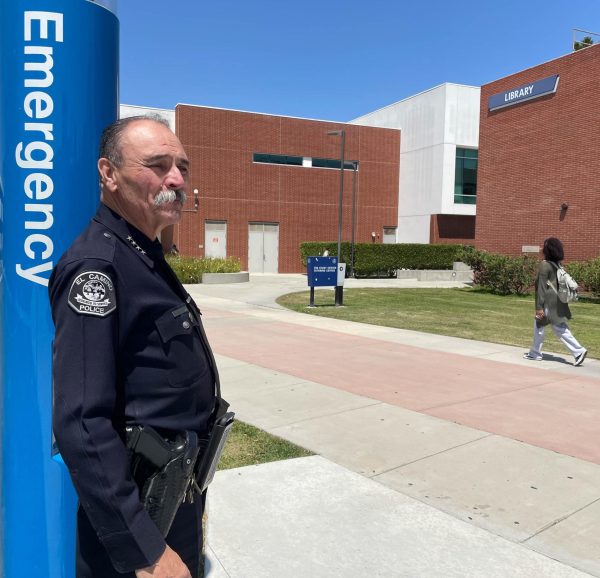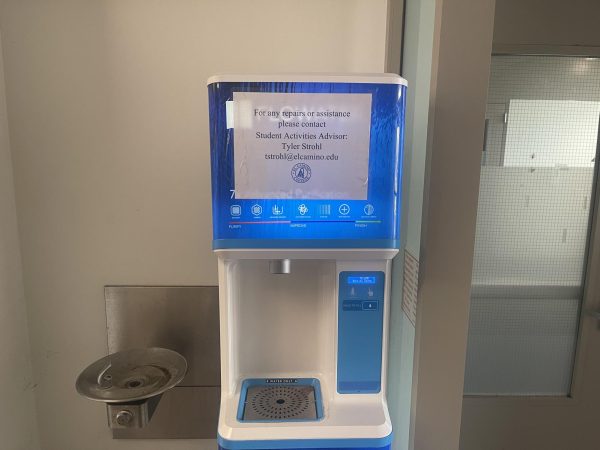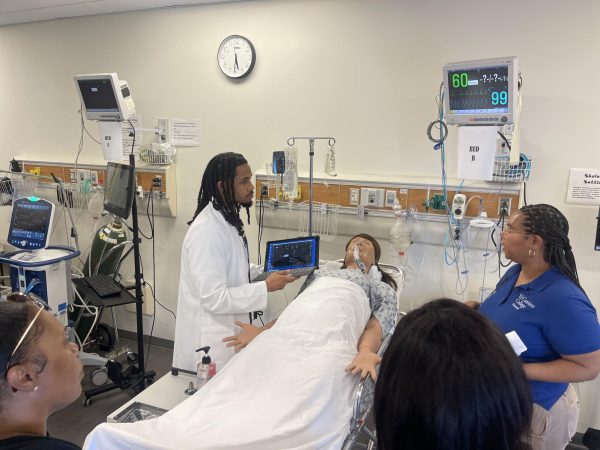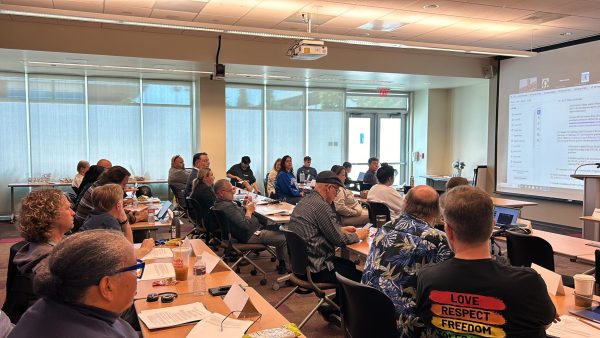Coyote Lights installed on campus
Coyote lights have been installed around El Camino College recently in an attempt to keep coyotes that are potentially living as near as Alondra Park away from the campus, authorities said.
“They’ve turned our residential areas into habitats,” Lieutenant Jeff Leyman, El Segundo Police Department Animal Control section commander said.
“A habitat for a dog, a wild dog like that is a place where they can go and get food, water, potentially shelter, if we can remove those things, make it more of a hostile area for them, they won’t come here,” Leyman added.
El Camino College Police Chief Michael Trevis said that reports of the coyotes began around the time that the campus advisory regarding coyotes was sent to students, but that he suspects the coyotes have been in the area for much longer.
Trevis added that since the beginning of 2018 there have been six coyote sightings reported on campus.
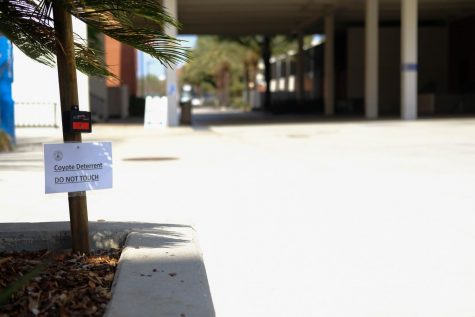
According to the advisory, sent to students on Wednesday, Jan. 31, police responded to a coyote sighting near the Communications building, and saw three coyotes on campus.
This is not the first time that coyotes have been seen around Torrance. According to a bulletin sent out by the Torrance Police Department on June 1, 2016, “there have been 148 reports of coyote sightings and attacks on animals” from Jan. 1, 2016 to the day the bulletin was sent out.
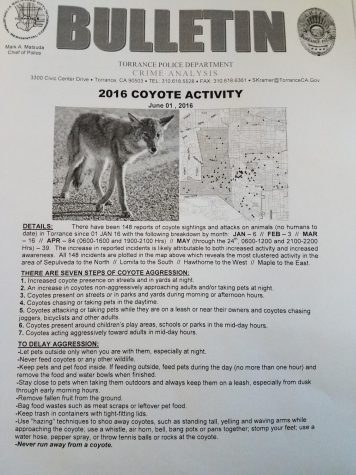
The lights installed around campus are produced by Nite Guard. According to the instructions for the system, the lights are solar powered and automatically activate at night, flashing a red light on and off to ward off animals.

“Early on when we were getting reports (that) we found a couple of cat remains,” Trevis said, adding that since installing the lights “the police department has not been made aware of any cat remains, so perhaps this device may be working,” but that the police, “don’t have any definite proof one way or the other to say if it works or not.”
Leyman also said that coyotes very rarely attack humans, but do pose a danger to pets.
“Cats are a food source, so, you know sometimes you’ll see people who are feeding wild cats, and that probably happens at Alondra Park” Leyman said, adding that people feeding wild cats are “just creating a food source for coyotes.”
“I would tell you that any creature, any small creature, cats, squirrels, possums, you know they’re small and the coyotes are looking for food, I’m sorry to say that but it’s the truth, you know the squirrels try their best to run, the cats try to run, possums I’m sure do the same thing, we’ve had aviary predators, big black crows come down and try to grab squirrels, we’ve had that here before, it’s just nature’s way,” Trevis said.
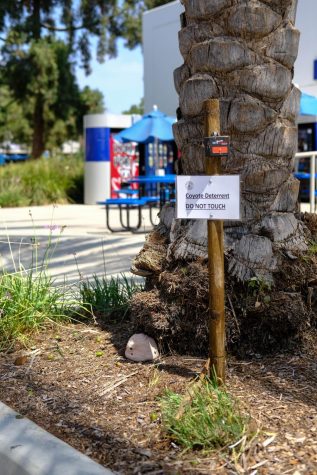
Trevis also said that the coyotes could be living nearby the campus around Alondra Park or in the Dominguez Channel, between Alondra Park and El Camino College.
“They’re probably living in places we just don’t see them during the day, they could be living in the channel, they could be living in the storm drains, you know kind of anywhere out of sight,” Trevis said.
Trevis added that officers have seen coyotes in the western part of Lot L early in the morning around 5:30 a.m., Lot L is directly next to the Dominguez Channel.
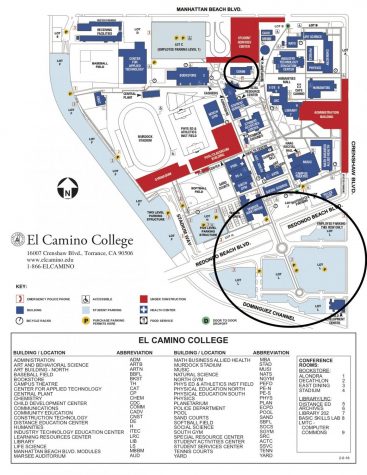
Leyman also said that a coyote’s den could be in a small area, adding that ravines and reservoirs could make coyote dens, and that a coyote will go between one and two miles from a den for food.
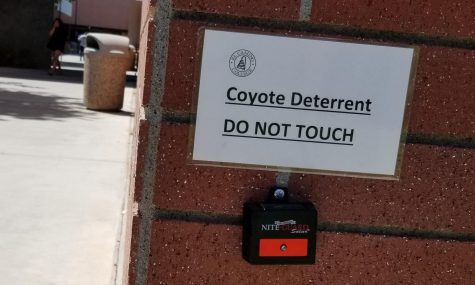
“If people want coyotes out of their neighborhoods, they’ve got to be picking up their trash, bird feeders for example, birdseed falls on the ground, it attracts rats, that attracts coyotes,” Leyman said, adding that attempts should be made to turn the neighborhood into a hostile environment.
According to Leyman’s notes on coyotes, people encountering coyotes should respond aggressively, doing things such as yelling, waving their arms, and not running from the animal.

Leyman added that “the air-horn is good for coyotes,” and to “haze them.”

Trevis said that “unless they’re posing a threat or being aggressive to a human being or to another animal just try your best to leave them alone, and if they’re looking at you yell scream do those things to keep them away from you, but call us, we can respond to things.”
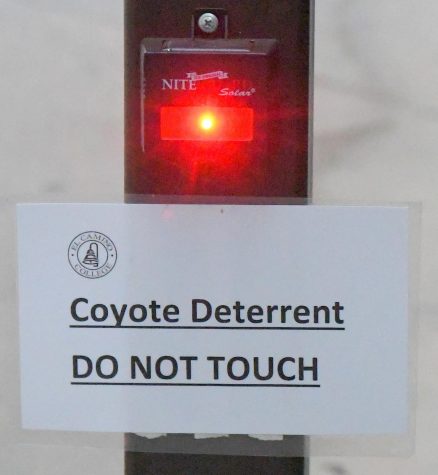
Update Sept. 17, 2018 2:46 p.m., an additional photo caption was added for the map of campus.
Update Sept. 17, 2018 2:40 p.m., photo credit and captions were added to two photos of the coyote lights during the day and captions were added to Lieutenant Jeff Leyman’s notes.


